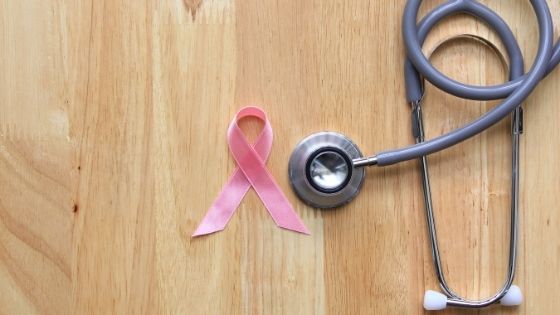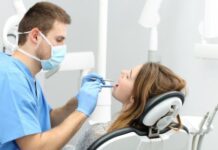Many people would be surprised to know that breast cancer has been the leading cause of cancer death among women in Singapore for the last 30 years. Statistics shows that one in 17 women in Singapore will be diagnosed with the disease in their lifetime, with more than 1,850 new cases diagnosed every year. For this reason, every woman should be aware not only of the symptoms and risk factors of breast cancer but also on the available screening options. One of the tests that can help determine the health of a woman’s breast is a mammogram (https://healthclinicgroup.com/breast-cancer-screening/).


Cancer occurs when the mutations in the genes that regulate cell growth allow the cells to divide and multiply abnormally. Breast cancer is a type of cancer that forms in breast cells. The disease typically develops in the ducts or lobules of the breast, and sometimes even in the fatty tissues within. The uncontrollable growth of the cancer cells often spread to healthy breast tissue and even to the lymph nodes under the arms.
During the early stages of the disease, a person may not experience any symptoms at all. The various kinds of breast cancer can also cause a diverse array of symptoms. The most common ones are a breast lump or a thickened mass of tissue, a swelling or lump under the arm, pain in the breast, swelling in some or the entire area of the breast, bloody nipple discharge, skin that is flaking or peeling on the breast or nipple area, and sudden change to the appearance of the breast. However, the presence of these symptoms does not mean that you have breast cancer. For example, a breast lump may be caused by a benign cyst.
Up to this day, health researchers and experts still have not identified what causes breast cancer, but there are certain risk factors that make a person more likely to get it than others. These include genetic factors, age, diet, and a person’s health history. It is possible to control some of these factors, like weight, diet, and physical activity. But others such as gender, inherited risk, age, genes, race, and personal history of cancer are considered as risk factors that cannot be avoided nor controlled.
Screening for breast cancer, therefore, is a must for all women, even if they are not displaying any symptom. Screening gives the opportunity to detect cancer early and it is scientifically proven that cancer in its early stage is easier to manage and treat compared to late-stage cancer. Furthermore, regular breast cancer screening lowers a person’s risk of dying of the disease.
Mammography is a tool that doctors utilize to screen healthy women for breast cancer. It creates a mammogram, which is an x-ray image of the breast. The doctor uses the mammogram screening to check for abnormal signs or patterns that might indicate breast cancer. These signs are often seen on the mammogram before any lump or swelling appears in the breast. If the doctor detects any unusual signs or patterns on the mammogram, further tests will be done in the form of another mammogram, a biopsy, or an ultrasound. According to medical data, women who get regular mammograms have a 10% to 25% lower chance of being a breast cancer fatality than women who do not get mammograms.
As early as 40 to 44, women can start voluntary breast cancer screening with a mammogram once a year. Doctors strongly recommend women ages 45 to 54 to get annual mammograms. Women who are 55 and older can continue with their annual mammograms, or they switch to a mammogram every other year. Breast cancer screening at this age bracket should continue as long as the woman is healthy and is expected to live for at least another decade. It is also worth noting that women who have regular screening mammogram between the age of 50 to 69 have a higher rate of survival than those who do not get screening mammograms.
Like any other type of medical procedure, mammograms are not foolproof. There are instances when they fail to detect cancers, too, and sometimes, a women will have to undergo a lot of other tests just to know if a sign or pattern that was found on a mammogram is cancer or not. There is also the possibility of having an overdiagnosis, wherein a mammogram diagnosed certain breast problems that are pretty harmless and would not cause any health issues. Overdiagnosis usually leads to overtreatment, which are both costly and unnecessary.
The advantage and disadvantages of mammogram screening varies for each woman. Talk to your doctor if you are below the age of 50 and have question on whether you should get screened for breast cancer. You can also visit The Health Advisory Clinic to discuss the risk factors that may (or may not) affect your decision to get a mammogram. After all, you can never be too cautious when it comes to health concerns.

























